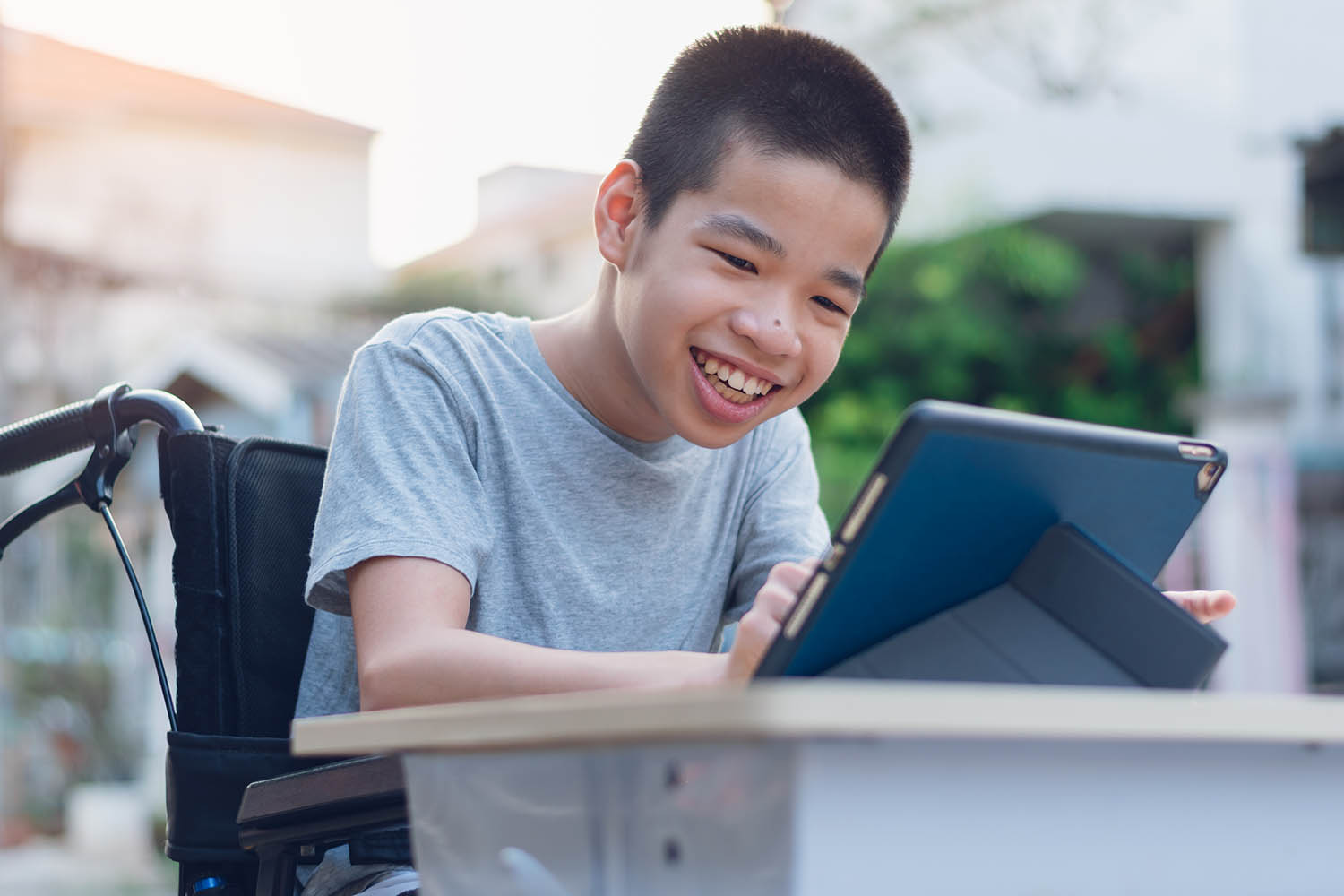Educational Service Guidelines for the Students who are Deaf and Hard of Hearing
Standard 23: Students with Multiple Disabilities, Deafblindness
Standard 23: Students with Multiple Disabilities, Deafblindness
Relevant specialized services are provided for students who are D/HH with multiple disabilities and who are deafblind. Ohio Operating Standards for Students with Disabilities: 3301-51-07 (H)(b) 3301-51-09 (2)(3)

The unique needs resulting from multiple disabilities and deafblindness are varied and complex. They should be dealt with on an individual basis through a collaborative effort among families, educators, support personnel, and other professionals in direct contact with the student.
If a student has been diagnosed with any syndrome that includes hearing and/or vision loss or who is at risk for such losses, they should have access to appropriate services. These services and supports may include, but not be limited to, orientation and mobility, specialized instruction, the use of Braille, adaptive devices, technology, and/ or training in prescribed low vision devices and hearing assistive technology. These services should be provided collaboratively by teachers with expertise to address the combined disabilities of hearing loss, vision loss, and deafblindness. Additional staff training by a teacher(s) license in the area of the disability may be required to meet the child's educational needs. Ohio Center for Deafblind Education provides consulting and assistance for the student diagnosed with deafblindness.
When determining and providing services to student who are deafblind and with multi disabilities, the LEA should consider the following program and service components:
- Access to quality programs and services
- Functional, age-appropriate curricula that is based on general education content standards
- Services from professionals with expertise in the development and education of student who are deafblind and in the other areas of the suspected or identified disabilities
- The required level of expertise and experience for professionals that align with the significance of the level of disability(s) present in the student
- Other specialized programs and services that are available when local programs cannot provide appropriate services.